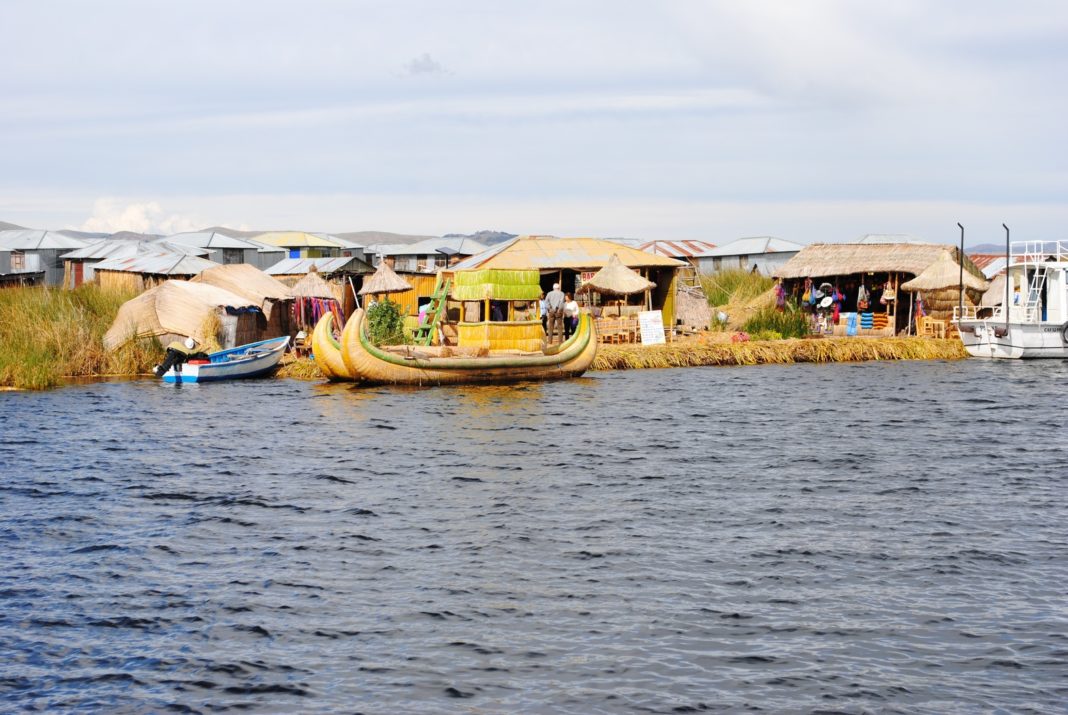Titicaca’s mystical waters are home to diverse Andean communities and a hot spot for some of Peru’s largest festivals. Lake Titicaca was sacred to the Inca. According to legend, Viracocha, the Inca god of creation, emerged from the depths of Lake Titicaca and created the sun, the moon, the stars, and mankind. This marked the birth of the Inca Empire and its great expansion across the Andes and beyond.
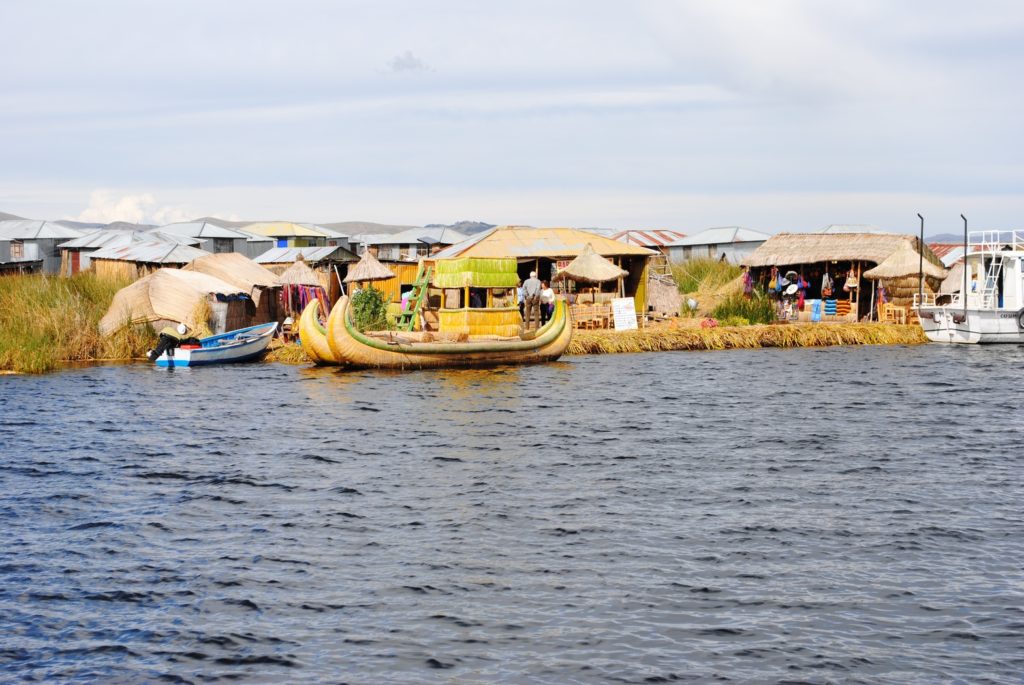
According to legend, the Uru people originated in the Amazon and migrated to the area of Lake Titicaca in the pre-Columbian era, where they were oppressed by the local population and were unable to secure land of their own. They built the sedge islands, which could be moved into deep water or to different parts of the lake, as necessary, for greater safety from their hostile neighbors on land.
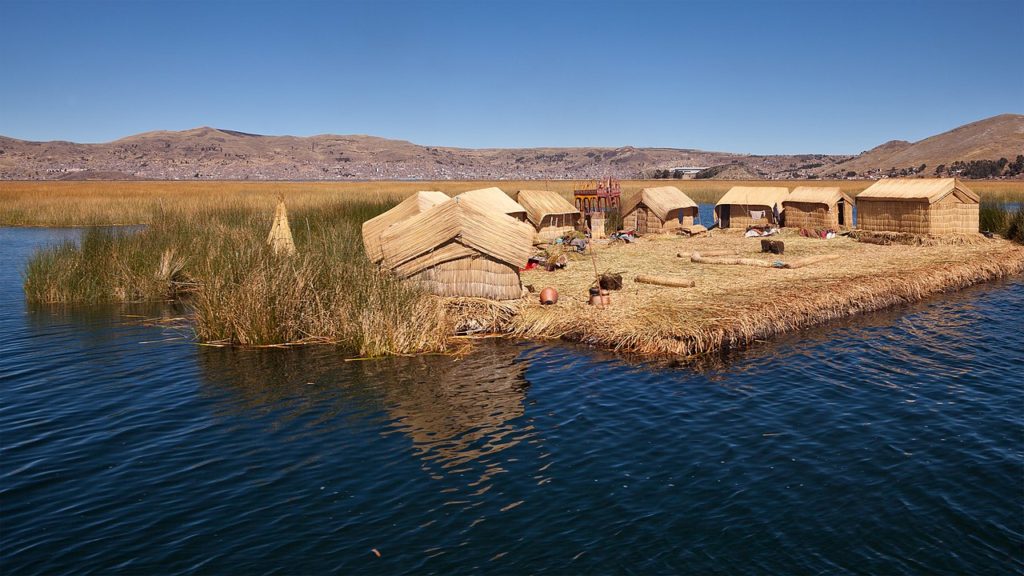
Golden in color, many of the islands measure about 15 by 15 m, and the largest is roughly half the size of a football field. Each island contains several thatched houses, typically belonging to members of a single extended family. Some of the islands have watchtowers and other buildings, also constructed of sedges.
Lake Titicaca is a treasure trove of preserved Andean traditions and nowhere is more representative of this than the islands of Taquile, Amantaní, and, of course, the Uros floating islands. Visiting these islands will give you a glimpse into the past and into a way of life that still continues to this day.
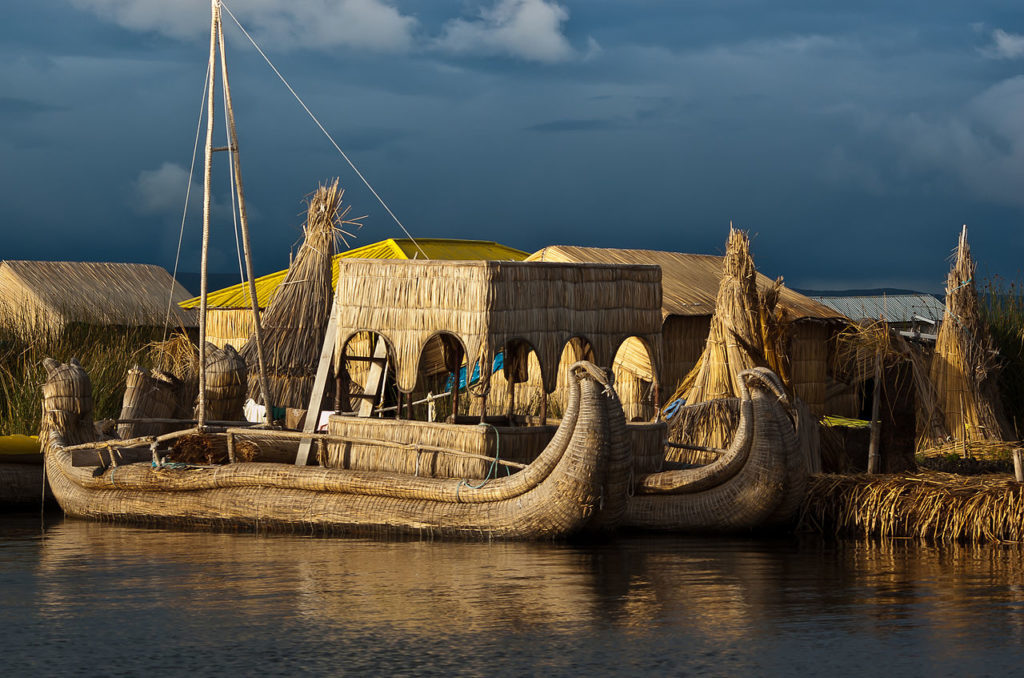
Taquileñosare well known for their expertly made handicrafts, which were awarded by UNSECO, and their unique gender roles, something not found anywhere else in Peru. Walking around on Taquile Island you’ll notice something slightly different from anywhere else in the Andes: the men, rather than the women, perform all the knitting, a unique wrinkle in their society. Taquileños continue to wear traditional outfits that also reflect their marital status and, for the most, remain undisturbed by modern ideas of living. The island still has no need for police and continues to practice ancient Inca traditions and shamanic beliefs.
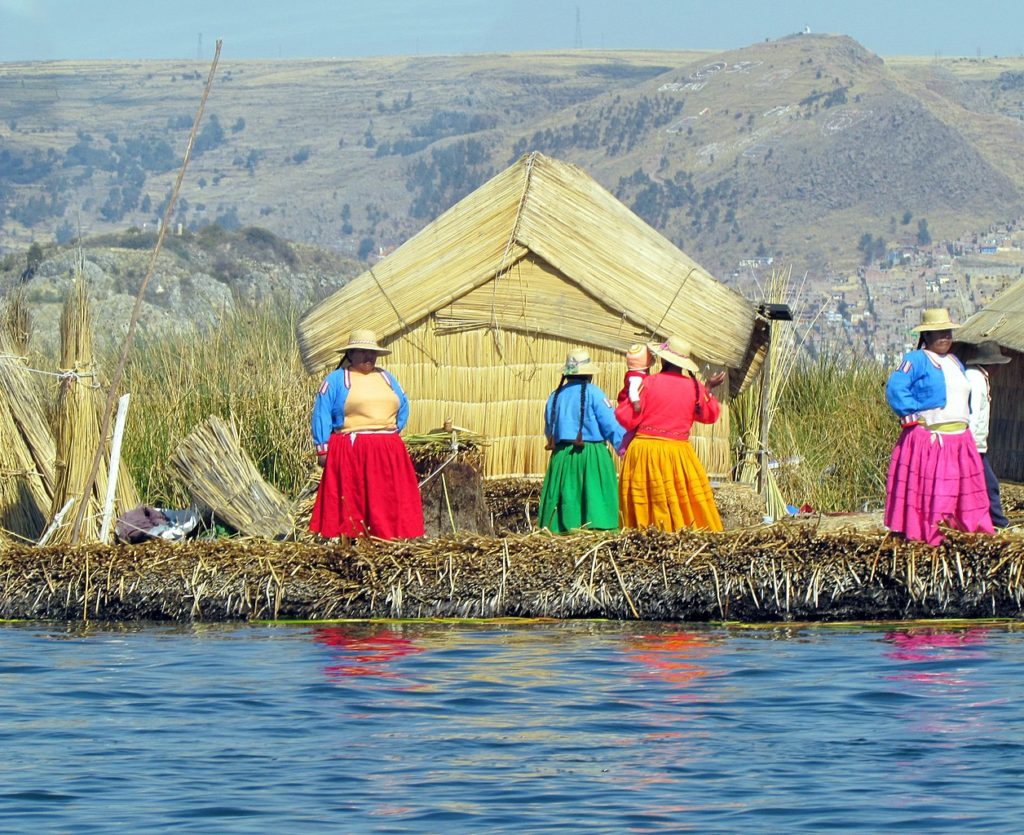
Some of the families on Amantani open their homes to tourists for overnight stays and provide cooked meals, arranged through tour guides. The families who do so are required to have a special room set aside for the tourists and must conform to a code specified by the tourist companies that help them. Guests typically take food staples (cooking oil, rice, etc., but no sugar products, as they have no dental facilities) as a gift or school supplies for the children on the island. The islanders hold nightly traditional dance shows for the tourists, where they offer to dress them up in their traditional clothes and allow them to participate.
Lake Titicaca has a borderline subtropical highland/alpine climate with cool to cold temperatures for most of the year. The peak travel season is during June, July, and August. These months are at the heart of the region’s dry season and what many consider the best time to visit Lake Titicaca.





